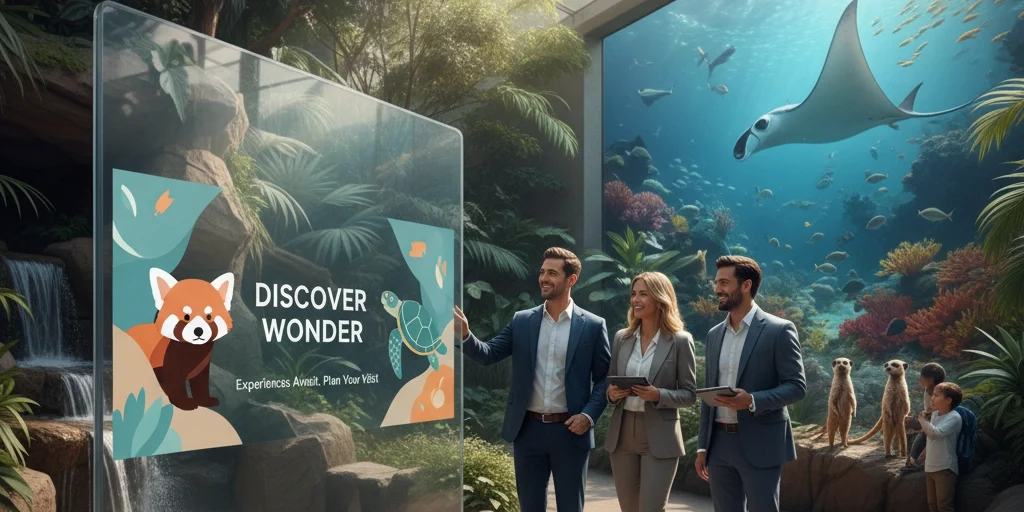The advertising landscape for zoos and aquariums presents unique challenges that traditional marketing approaches cannot adequately address. Unlike conventional entertainment venues, these institutions must simultaneously deliver compelling experiences, communicate complex conservation messages, and drive consistent visitation while maintaining their educational mission. Industry data reveals that many potential visitors perceive zoos and aquariums as static destinations that rarely change, creating a significant barrier to repeat attendance and new visitor acquisition.
This perception problem extends beyond simple marketing challenges. Research indicates that successful zoo and aquarium advertising requires a sophisticated understanding of audience motivation, conservation messaging, and the delicate balance between entertainment value and educational impact. The stakes are particularly high given that these venues often serve as critical touchpoints for conservation awareness, with studies showing that well-executed visitor experiences can significantly influence long-term environmental behaviors and attitudes.
Overcoming the "Evergreen" Perception Challenge
The most significant obstacle facing zoo and aquarium marketers is the widespread assumption that these venues remain largely unchanged over time. Unlike museums with rotating exhibitions or entertainment venues with seasonal programming, many potential visitors view wildlife facilities as static experiences. This perception directly impacts attendance patterns and reduces the perceived urgency around visiting.
Data from successful campaigns demonstrates that exhibit-focused marketing strategies can effectively counter this challenge. The Audubon Nature Institute's "Audubon Zoo Lions: The Roar Returns" campaign exemplifies this approach, generating over 3 million impressions and nearly $10 million in publicity value by promoting their new lion habitat. The campaign's success stemmed from its ability to create genuine excitement around facility improvements while leveraging strategic partnerships with conservation organizations and entertainment brands.
Marketing research consistently shows that highlighting specific, time-sensitive attractions or newly opened exhibits creates the urgency necessary to drive immediate action. Successful campaigns focus on communicating what visitors will miss if they delay their visit, rather than simply promoting general admission opportunities.
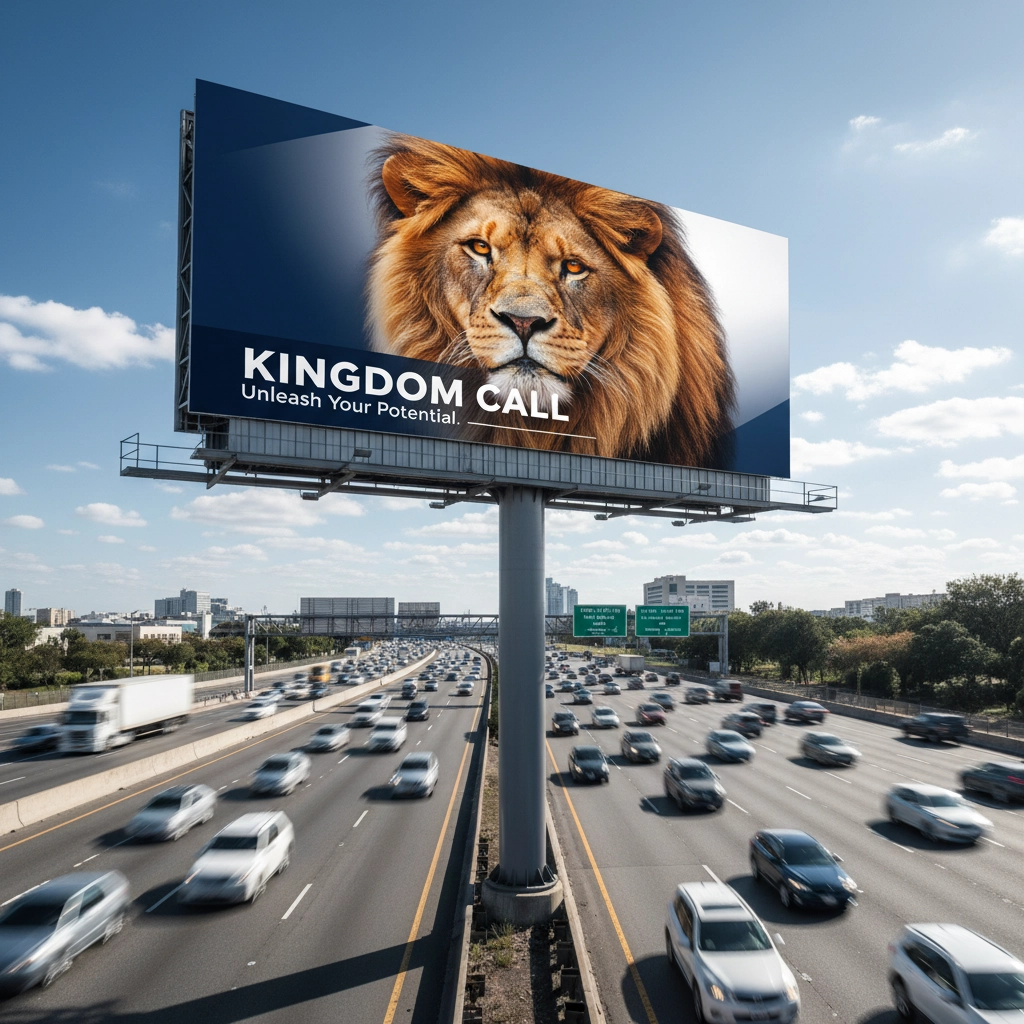
Conservation-Driven Marketing Excellence
Modern zoo and aquarium advertising increasingly integrates conservation messaging as a core differentiator rather than an afterthought. This approach recognizes that today's consumers, particularly millennial and Gen Z demographics, expect meaningful purpose behind their entertainment choices. Facilities that successfully communicate their conservation impact while promoting visitor experiences demonstrate measurably higher engagement rates and stronger brand loyalty.
Effective conservation marketing strategies involve creating exhibits that authentically replicate natural habitats while clearly communicating the preservation work these spaces enable. Marketing campaigns should explicitly connect visitor admission fees to conservation outcomes, with successful examples showing visitors that ticket purchases directly contribute to habitat expansion and species preservation efforts.
Educational programming represents another powerful conservation marketing avenue, particularly when targeting family audiences with children. Research indicates that hands-on learning experiences, interactive storytelling, and creative workshops create lasting impressions that extend far beyond the initial visit. These programs generate natural content opportunities for social media marketing while delivering genuine educational value that justifies premium pricing and encourages repeat visits.
Strategic Digital Platform Optimization
Digital advertising for zoos and aquariums requires platform-specific strategies that recognize distinct audience behaviors across different social media channels. Industry analysis reveals that millennial mothers, representing a crucial demographic for family visits, demonstrate significantly higher engagement rates on Instagram compared to Facebook. This insight necessitates separate campaign development and budget allocation rather than relying on automated cross-platform optimization.
Expanding digital presence beyond traditional Facebook and Instagram marketing to include TikTok and YouTube creates opportunities to engage emerging visitor demographics. Data shows that next-generation visitors and potential members respond more favorably to video content that showcases behind-the-scenes animal care, conservation work, and visitor point-of-view experiences.
User-generated content consistently outperforms brand-created material in zoo and aquarium marketing campaigns. Successful strategies incorporate authentic visitor experiences into paid advertising campaigns, particularly content showing genuine reactions to animal encounters or facility highlights. This approach builds trust while reducing content creation costs and increasing campaign authenticity.
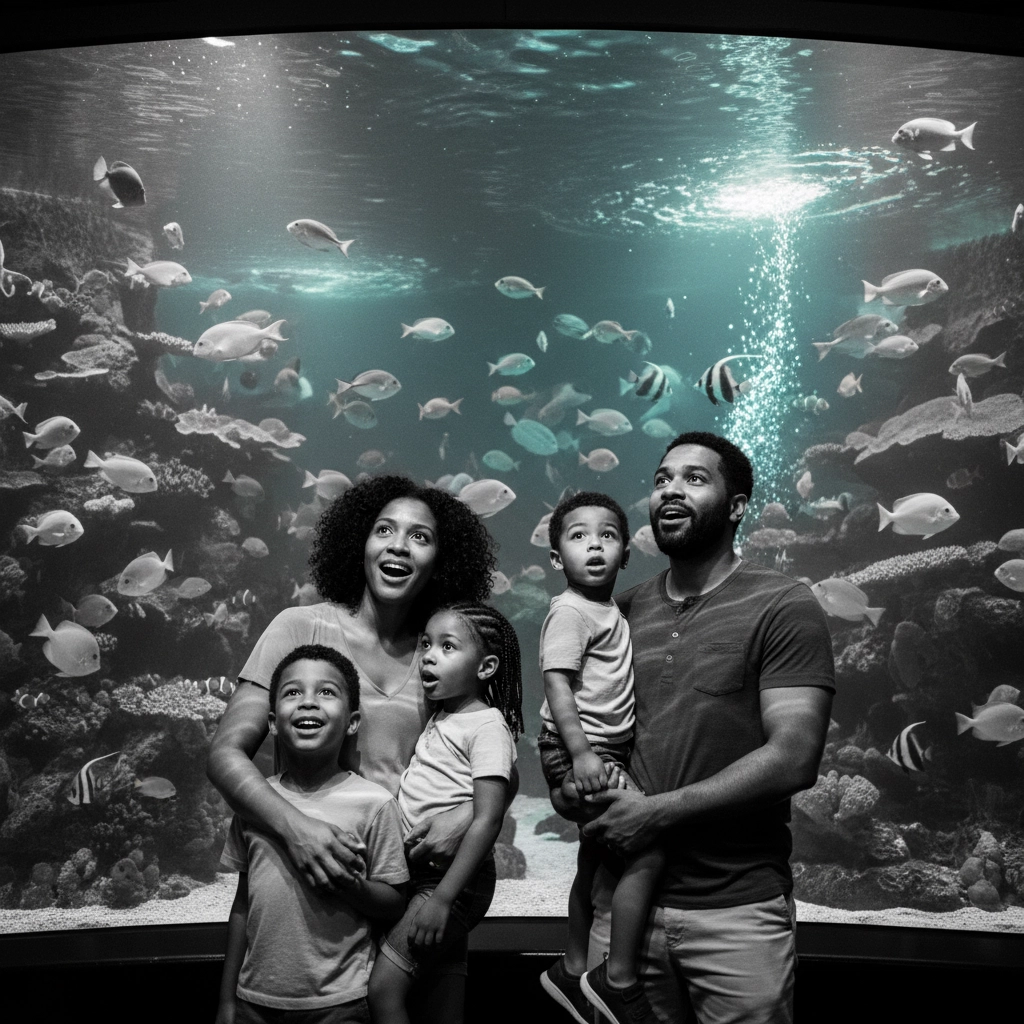
Out-of-Home and Experiential Advertising Innovation
Strategic billboard placement remains highly effective for zoo and aquarium advertising, particularly when featuring high-quality animal imagery and clear visit motivation. Traffic pattern analysis shows that billboards on major commuter routes generate measurable increases in ticket sales when combined with digital campaigns targeting the same geographic areas.
Transit advertising through local bus systems and public transportation provides cost-effective reach to local audiences while promoting seasonal exhibits and special programming. These campaigns prove particularly valuable for driving weekday attendance and school group bookings during traditionally slower periods.
Programmatic digital billboard technology offers unprecedented targeting sophistication for zoo and aquarium marketers. Advanced systems enable weather-based messaging, real-time attendance promotion, and dynamic content adjustment based on current ticket availability. This technology allows facilities to optimize advertising spend while delivering highly relevant messaging that responds to immediate conditions and opportunities.
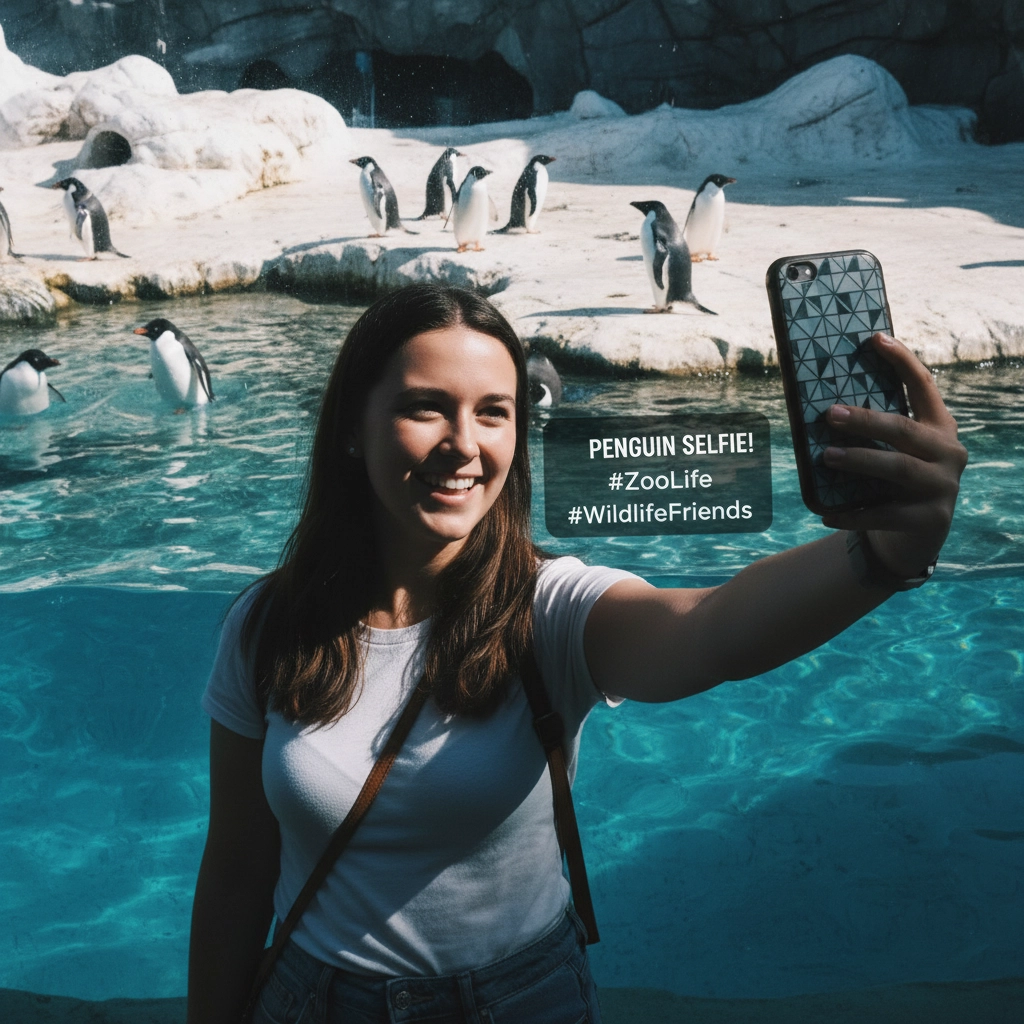
Community Partnership and Influencer Collaboration Strategies
Local influencer partnerships provide authentic promotional opportunities when properly aligned with institutional values and target audiences. Successful collaborations typically involve family-focused content creators who can credibly communicate the educational and entertainment value these venues provide. Industry data shows that influencer campaigns generate higher engagement rates and stronger conversion metrics compared to traditional advertising approaches.
Community partnerships with educational institutions create mutually beneficial relationships that extend marketing reach while supporting educational missions. Collaborations with schools, libraries, and youth organizations provide natural content creation opportunities while building long-term relationships that support consistent attendance patterns.
These partnerships prove particularly valuable when they involve student-created content such as videos, blogs, or social media campaigns highlighting facility experiences. Such collaborations extend marketing reach while creating authentic endorsements that resonate strongly with peer audiences and family decision-makers.
Understanding Audience Motivation and Behavioral Drivers
Effective zoo and aquarium advertising recognizes that visitor motivations vary significantly across different demographic segments and individual interest levels. Research indicates that a substantial portion of potential visitors already demonstrate strong environmental interest and conservation concern. For this audience segment, the primary marketing challenge involves removing barriers to action rather than building initial interest.
Moderately interested visitors represent a different marketing challenge, requiring campaigns that gradually build environmental awareness while emphasizing immediate entertainment value. These audiences respond most favorably to marketing messages that highlight unique experiences and family bonding opportunities while subtly incorporating conservation themes.
Children and youth represent a particularly important audience segment due to their developmental openness to new values and their potential influence on family decision-making. Marketing research shows that programming specifically designed for young audiences creates opportunities for repeat visits while building long-term conservation awareness and facility loyalty.
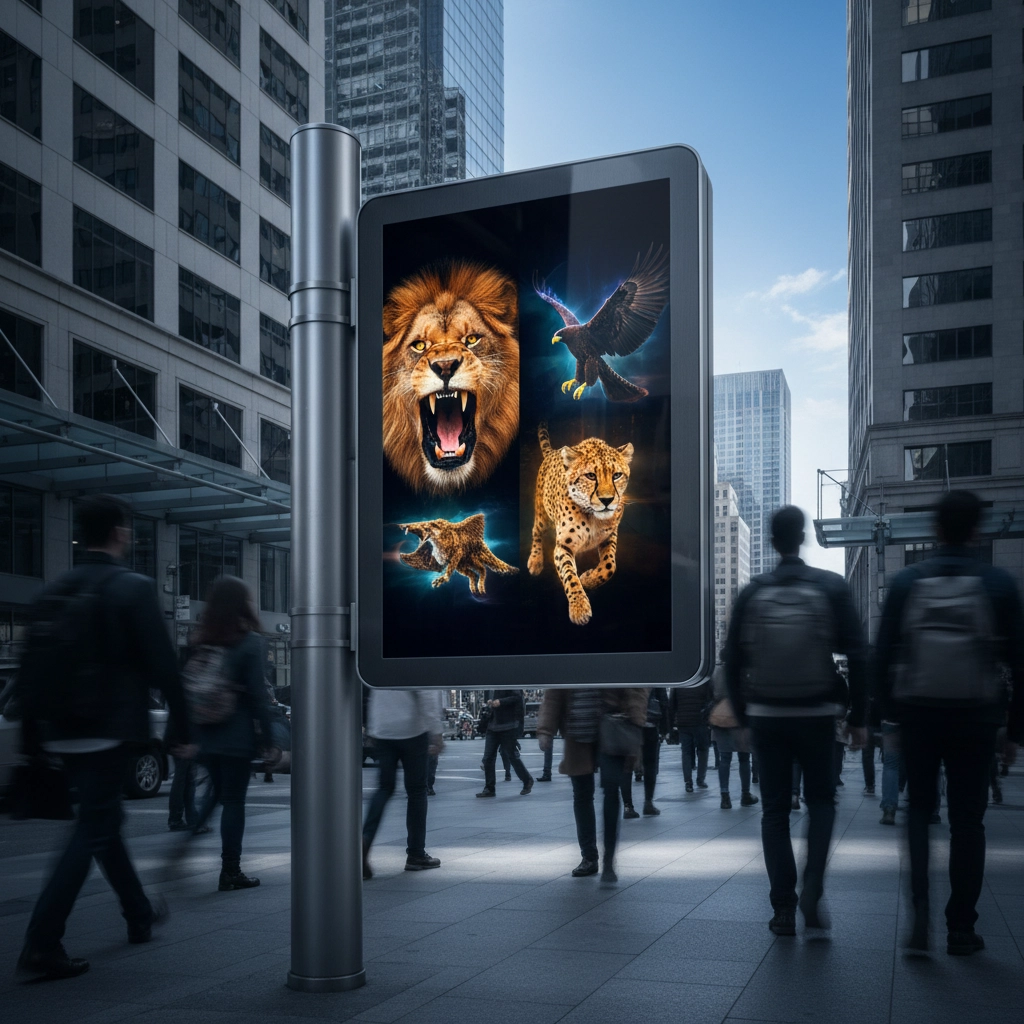
Balancing Entertainment Appeal with Educational Mission
The most successful zoo and aquarium advertising campaigns authentically communicate the transformative potential of wildlife encounters while maintaining educational integrity. Marketing messages must capture the wonder of experiencing a lion's presence, the tactile engagement of marine life encounters, or the mesmerizing beauty of carefully designed exhibits without overpromising or misrepresenting the actual visitor experience.
Close-up animal encounter programming provides specific marketing opportunities while addressing visitor expectations for intimate wildlife experiences. These scheduled interactions create time-sensitive promotional opportunities while balancing larger habitat exhibits with the personal connections many visitors seek.
The challenge lies in translating complex, immersive experiences into compelling advertising messages that accurately represent facility offerings while building appropriate expectations. Successful campaigns achieve this balance by focusing on emotional outcomes rather than specific animal interactions, emphasizing personal transformation and family bonding opportunities that extend beyond the immediate visit experience.
Modern zoo and aquarium advertising success depends on authentic representation of institutional values combined with sophisticated understanding of diverse audience motivations. As these venues continue evolving their conservation missions and visitor experiences, advertising strategies must similarly adapt to communicate both immediate entertainment value and long-term educational impact. The most effective approaches will continue integrating digital innovation with community partnership while maintaining the authentic conservation messaging that distinguishes these institutions in an increasingly competitive entertainment landscape.

